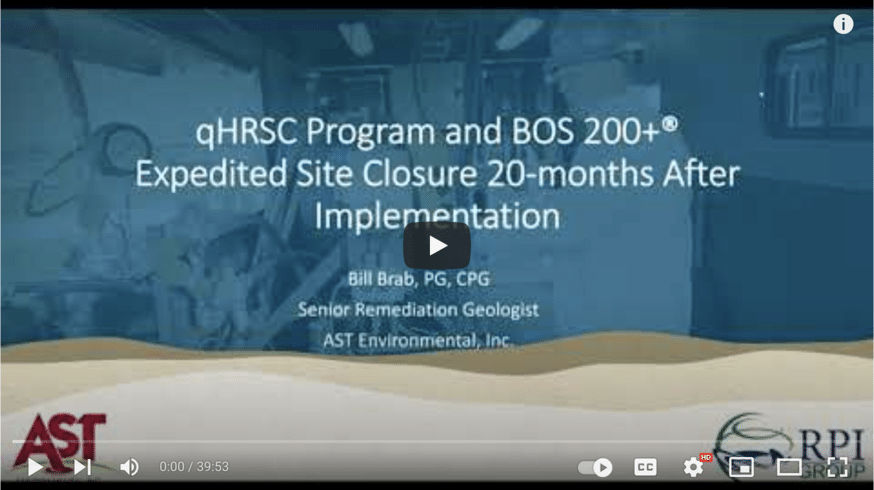
24 May BOS 200+® A Brighter Future for Hydrocarbon Sites
BOS 200+®
A Brighter Future for Hydrocarbon Sites
Advertising can be fun. Think about some of the great “Big Game” ads you’ve seen. The imagination demonstrated is enviable. I particularly love the print ads of the 1960s. The emphasis was on “new,” and the theme was a brighter future.
There is a particular ethic in research and development. As remediation product developers, we owe our clients, their customers, and humanity a commitment to constant and ongoing improvement. A “new” that is genuinely better, an effort that leads to a brighter future.
From its inception, RPI has committed significant time, effort, and resources to R&D. One example of that effort is the product BOS 200+®. The goal was to create a product that would perform on LNAPL and heavy hydrocarbon sites. And we’ve succeeded. BOS 200+ has been installed at over fifty sites, and the results have been phenomenal such that installers are opting to install BOS 200+® across all hydrocarbon sites.
In broad scope, “the secret formula” is well known. Subsurface microbes must deal with varying oxygen concentrations, and when the subsurface is “anaerobic,” electron acceptors are needed. Like us, microbes are healthier when they have a good diet that includes the proper vitamins, amino acids, etc. Microbes live in communities and want good neighbors. Thus, bioaugmentation has to be tuned, not random. And finally, they are happier when they have suitable housing. BOS 200+® balances these elements to produce a robust, sustained hydrocarbon degrading community so that BOS 200+ supports nature’s microbial workers—workers that labor to give hydrocarbon sites a brighter future.
Kind Regards,

Ed Winner, PhD, Vice President
Remediation Products, Inc.
Featured Case Study:
BOS 200+® Technology Application at Active Bulk Storage Facility: A Five Year Review

Trap & Treat® BOS 200+® was applied using direct push technology (DPT) methods at a former retail gasoline site in Knoxville, TN. Since installation, there has been a 57-99% reduction in total BTEX, a 42-99% reduction in naphthalene, and an average increase of almost 200% in dissolved CO₂ over the project monitoring period. The State of Tennessee issued a No Further Action (NFA) status for the project in 2022.
Click to learn more on BOS 200+® application in this case study.
BOS 200+® What’s New for Hydrocarbons
Date: Thursday, June 1, 2023 | Time: 11:00 AM PST/ 2:00 PM EST
This webinar will discuss the fundamental characteristics of BOS 200+®. Specifically, how it differs from BOS 200 in its contribution to bioremediation and why it is more robust in the presence of LNAPL. The webinar is a post-script to Bill Brab’s BOS 200+ case studies.
Click to View All Upcoming Webinar Sessions







No Comments